The Nature-based Solutions Initiative
Mission
To research, educate, and advise.
The Nature-based Solutions Initiative is an interdisciplinary programme of research, education and policy advice based in the Departments of Biology and Geography at the University of Oxford. Its mission is to enhance understanding of the potential of nature-based solutions to address multiple global challenges whilst supporting the health of ecosystems and respecting the rights of Indigenous Peoples and local communities.
Top news stories
-
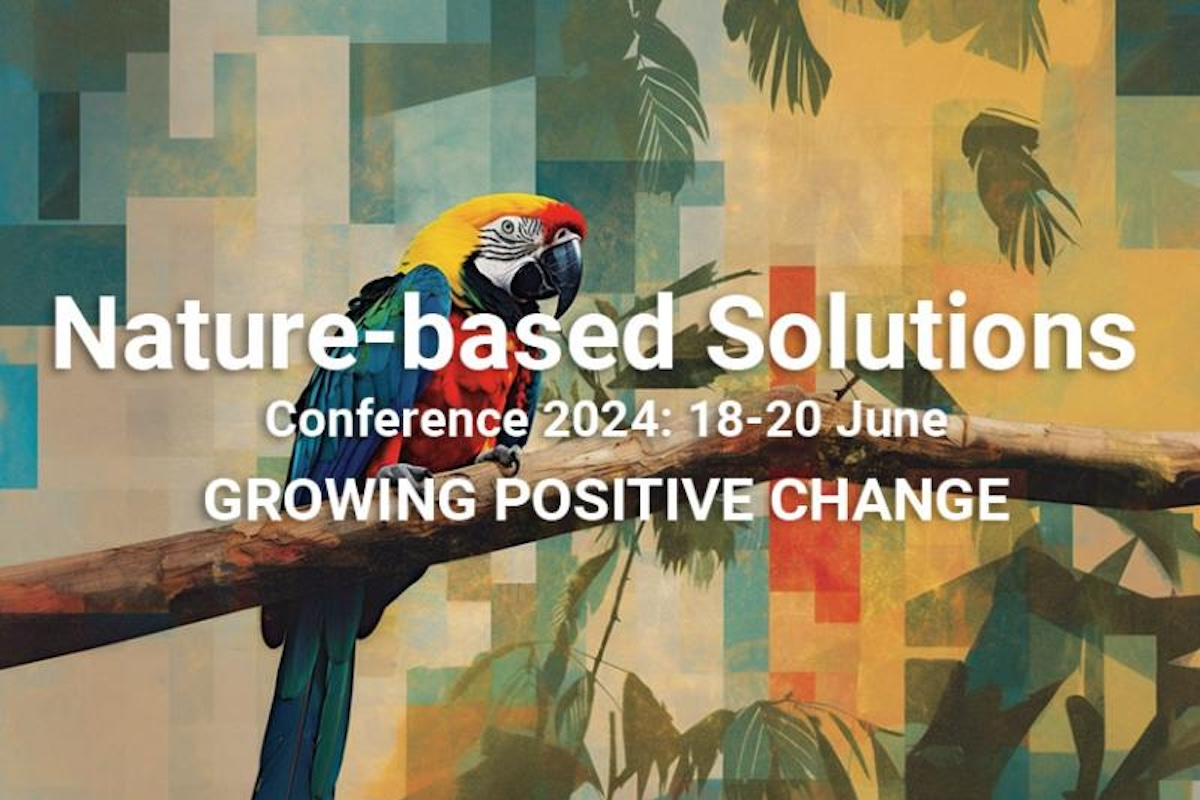
Join Us for the 2024 NbS Conference: Growing Positive Change
The programme for our Nature-based Solutions Conference 2024, with the theme of "Growing Positive Change," is now live! Read more April 02, 2024 -
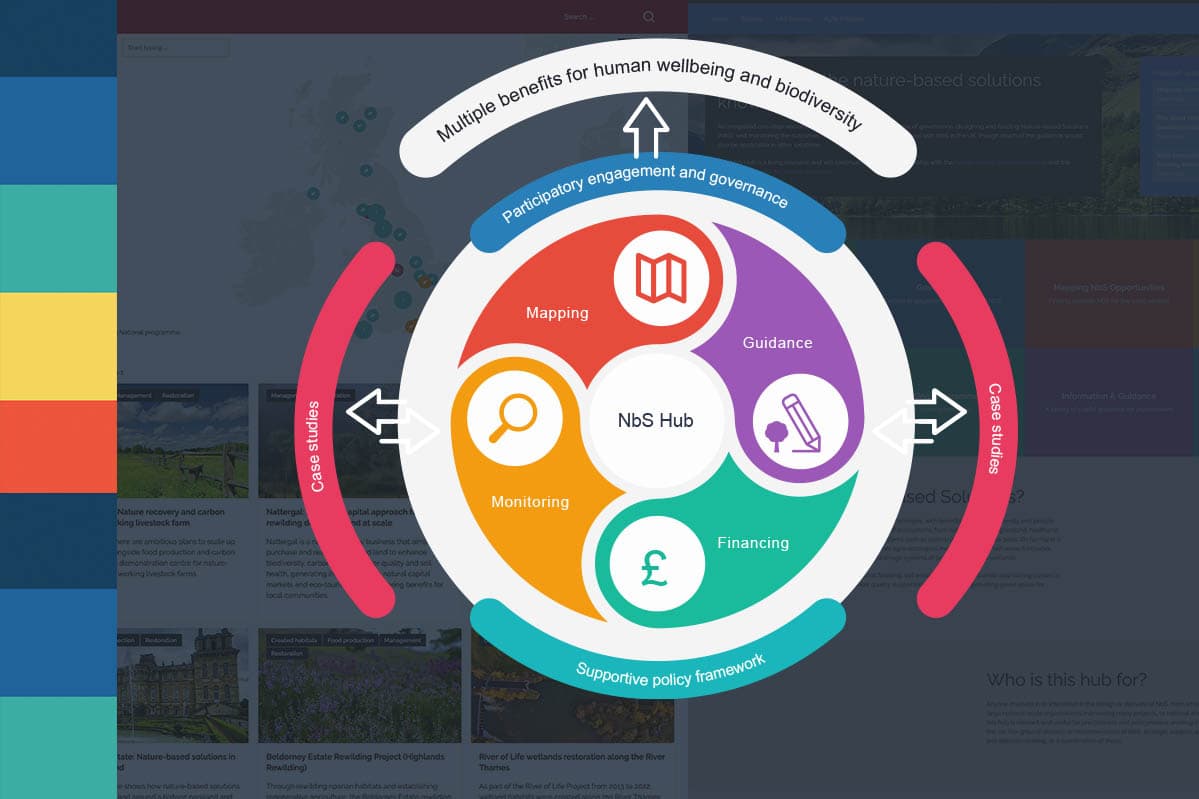
Collaboration for Nature: Launch of UK NbS Knowledge Hub
With the aim of overcoming key challenges and barriers to scaling up high-quality nature-based solutions in the UK, the Knowledge Hub offers stakeholders, including practitioners, local land management bodies, and policymakers, guidance on implementing NbS projects based on the latest science and best practices. Read more February 29, 2024 -
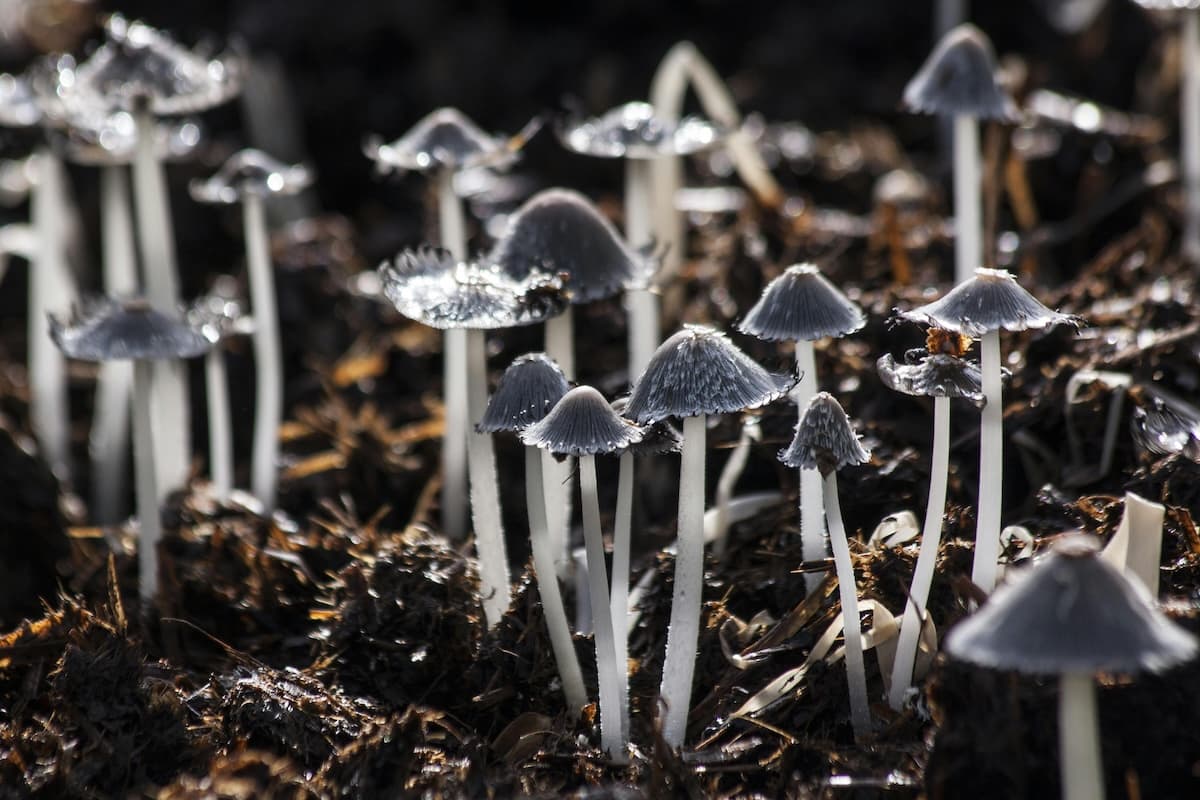
Monitoring and reporting outcomes of Nature-based Solutions projects
In a world where accurate measurement of project outcomes is crucial - from biodiversity to carbon storage - we need frameworks, tools, and protocols to ensure accurate, robust, and repeatable monitoring. Read more April 10, 2024
Research themes
-
NbS for climate change adaptation
Building social-ecological resilience in a warming world
-
NbS for climate change mitigation
Credible and sustainable pathways to achieving net-zero
-
Social dimensions of NbS
Understanding for whom NbS bring benefits, and how
-
NbS and biodiversity
Measuring and monitoring biodiversity outcomes of NbS
-
Economics of NbS
Economic recovery potential of investments in nature
-
Best practice guidelines
Case studies and guidelines for policy and practice
Education
We offer the Nature-based Solutions to Global Challenges Foundation course and custom-designed courses on the science, policy, practice, finance and governance of nature-based solutions for executives and public servants. We also provide undergraduate and graduate teaching and supervision for students enrolled at the University of Oxford. If you are interested in taking part in one of our courses, please contact us.
Policy
Working with local organisations, we map current and future in-country opportunities for NbS, and combine knowledge from science and local experience to develop policy guidelines, targets and indicators on nature-based solutions for businesses and governments. We also map and monitor the prominence of NbS in climate policy and provide a baseline against which ambition for NbS can be measured over time.
-
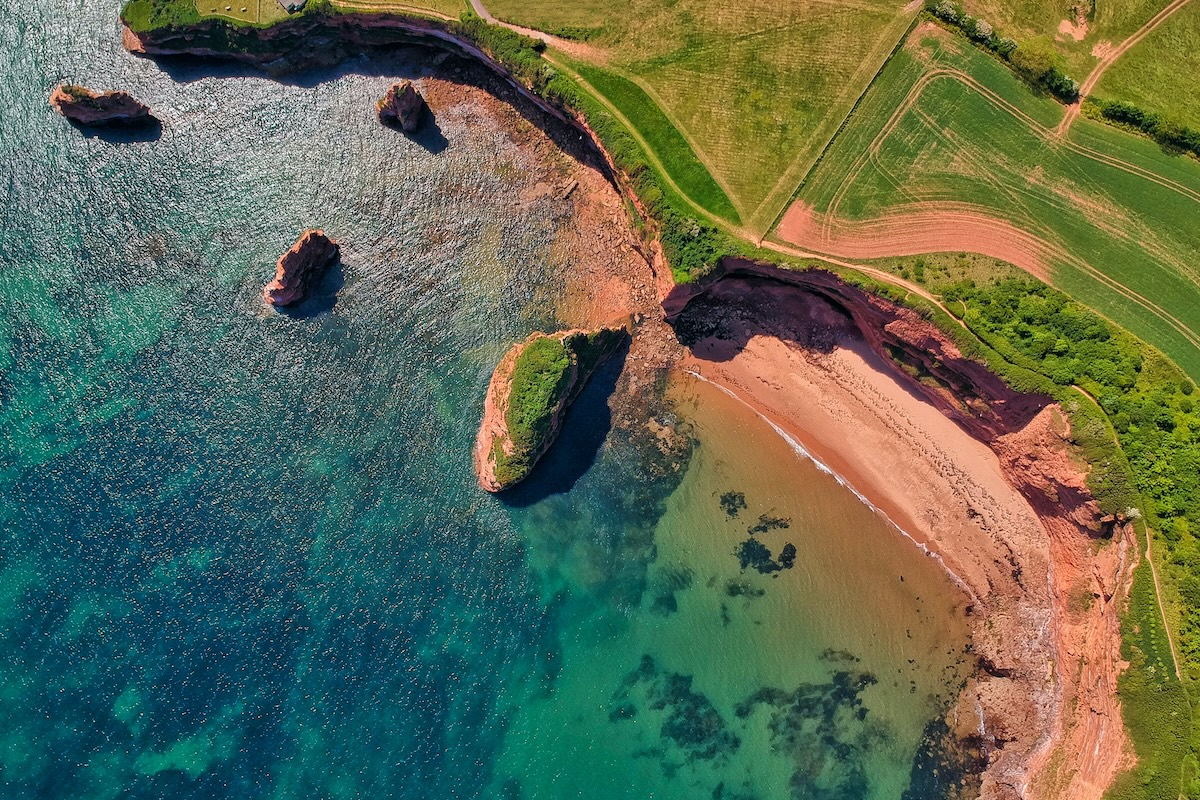
We must Scale-up Action to meet Nature Targets in England
The Government is largely off-track to meet its legally binding environmental targets in England, and action must be speeded up and [...] Read more January 01, 2024 -
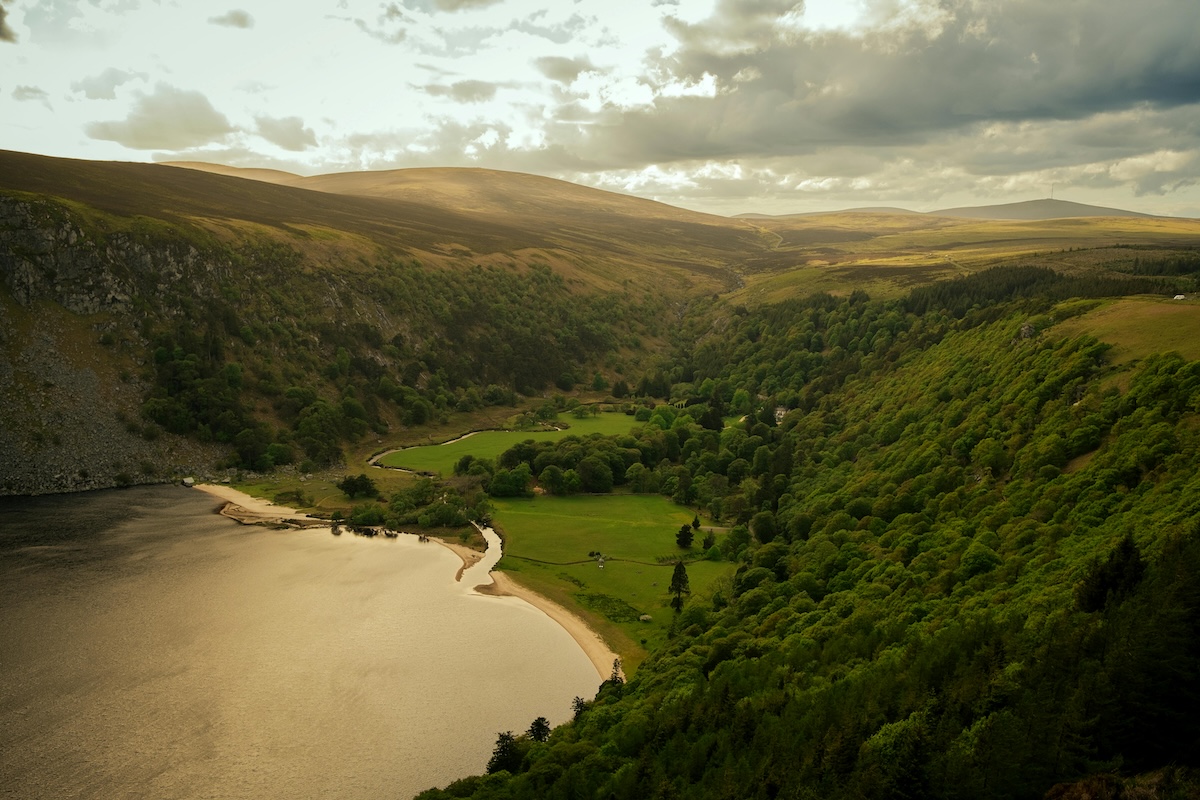
Ireland adopts Holistic Approach to Biodiversity
The National Biodiversity Action Plan (NBAP) arrives at a time when Ireland’s natural landscapes are under pressure, linked to human [...] Read more February 02, 2024 -

Biden-Harris Administration expand use of Nature-Based Solutions to Protect Communities
At United Nations Framework Convention on Climate Change’s Conference of the Parties (COP28), the Biden-Harris administration [...] Read more February 02, 2024

